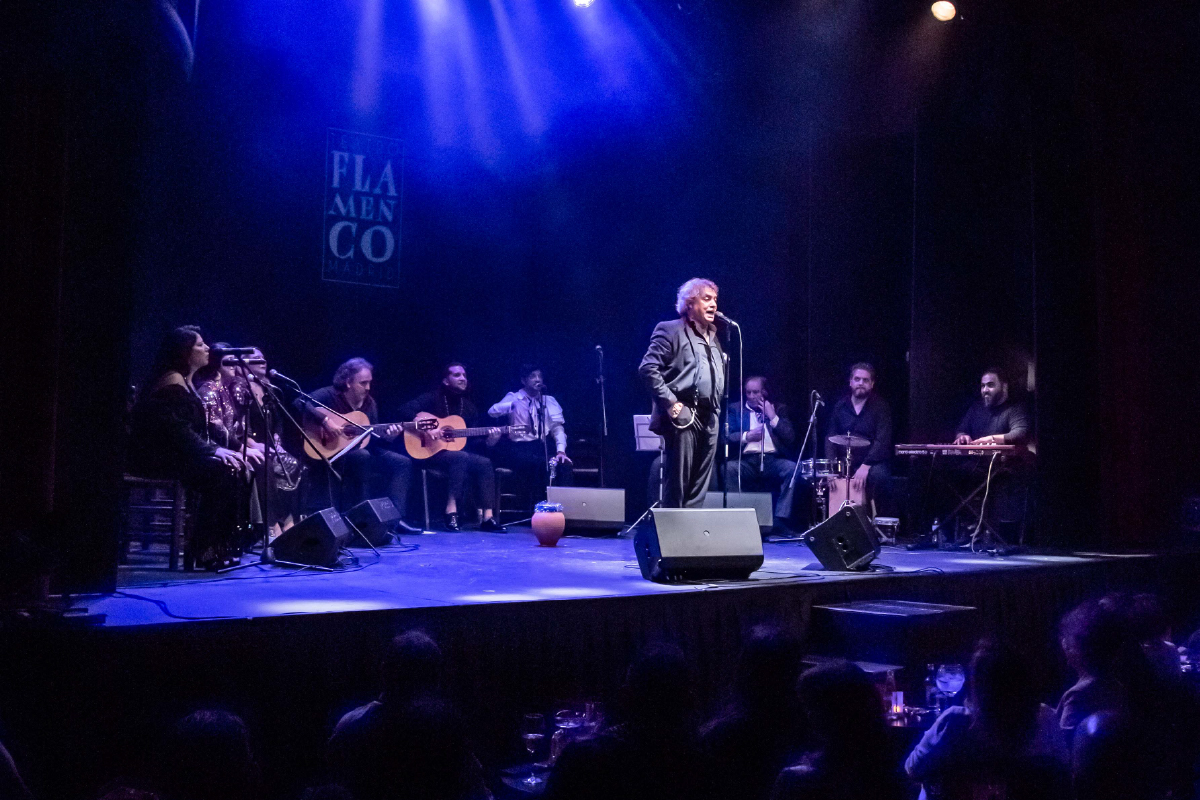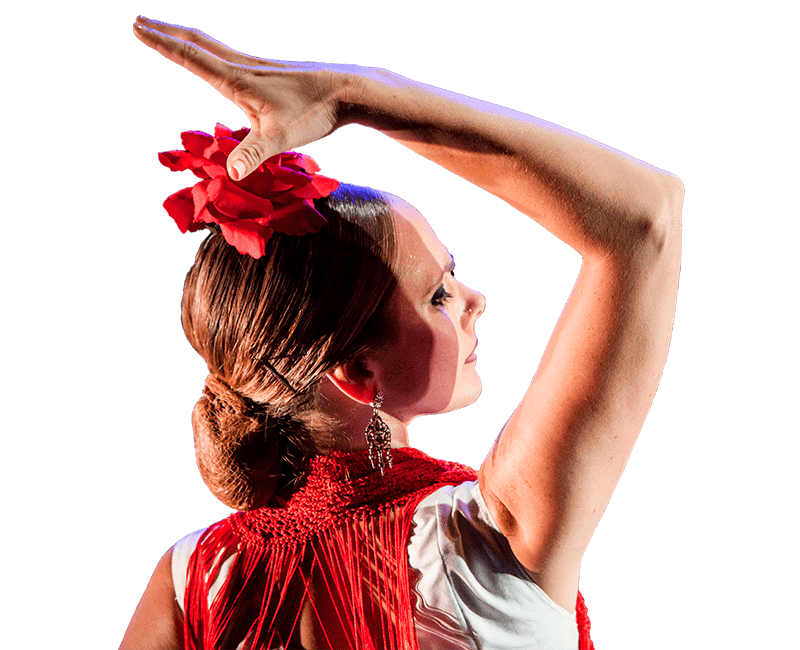Filtrar contenido

El cante jondo flamenco
¿Qué expresa el cante jondo y a que nos referimos cuando hablamos de ello? Desde Teatro Flamenco Madrid te lo contamos, sigue leyendo
A priori, es muy común relacionar el flamenco con Andalucía y de una forma alegre, llena de color, baile y cante. Sin embargo, en el arte flamenco hay una parte de tragedia y drama, estas son expresadas con el cante jondo.
¿Qué es el cante jondo flamenco?
El cante jondo flamenco es una forma del flamenco caracterizada por un marcado carácter trágico y dramático, donde los cantaores tienen la posibilidad de expresar sus sentimientos a través de la música, siendo el lamento el principal protagonista.
El origen del cante jondo nos lleva hasta Andalucía, y como en la mayoría de las ocasiones, no se conoce una fecha exacta, aunque la mayoría de las teorías indica que su comienzo está relacionado con el pueblo gitano andaluz, con influencias árabes y judías.
También encontramos a los que relacionan este cante jondo con los cantos litúrgicos que se realizaban en las iglesias.
Principales características del cante jondo
El cante jondo presenta sus propias características y se divide en cantes grandes y cantes chicos.
Los cantes grandes son profundos y dramáticos, donde las letras reflejan la angustia y el dolor. Dentro de este grupo encontramos palos flamencos como las tonás, las seguiriyas, las soleares y los tarantos, que forman las cuatro columnas fundamentales del cante flamenco.
Por otro lado, los cantes chicos nos hablan sobre temas más mundanos, como el humor, la felicidad o el amor. En este caso las letras están basadas en la improvisación y tiran a un ambiente más festivo.
A estos cantes se les denomina de esta manera ya que para su interpretación se necesita mucho menos dramatismo, en este grupo encontramos palos flamencos como los tangos, las bulerías o los cantes de ida y vuelta como la guajira.
La improvisación y el sentimiento son las dos principales características que definen a los cantes jondos flamencos.
Su estructura se caracteriza por la repetición de una nota, buscando aportar dinamismo y acción a la conexión que surge entre la guitarra y el cantaor. El cante es intercalado mediante los “quejíos”, característicos del flamenco los cuales el cantor introduce de manera improvisada a lo largo de la interpretación.
La importancia de las tonás y la guitarra en el cante jondo flamenco
Las toná son una de las composiciones más importantes al hablar el cante jondo flamenco. Se originó en el siglo XVIII y es una adaptación de los romances castellanos, desarrollados por los gitanos andaluces, hasta convertirlos en un canto flamenco.
Este palo presenta la misma tonalidad melódica, variando únicamente las letras.
En las tonás actualmente encontramos tres tipos: la toná grande, la toná chica y la del Cristo.
A pesar de que las tonás en la actualidad no son el palo más interpretado por los cantaores y cantaoras, son el origen de muchos de los palos flamencos los cuales se han ido desarrollando a lo largo del tiempo.
Con respecto a la guitarra podemos decir que es el segundo elemento principal junto a la propia voz del cantaor flamenco.
En los cantes jondos, la guitarra “dialoga” con el cantaor y rellena de forma melódica las pausas en las que este respira, preparándolo de nuevo para que vuelva a cantar.
Los principales artistas del cante jondo
Dentro del mundo del cante jondo encontramos numerosos artistas flamencos los cuales se han dedicado expresamente al mismo.
Uno de los cantaores más reconocidos a nivel nacional e internacional es Manolo Caracol, un cantaor de flamenco nacido en Sevilla.
Manolo Caracol conocido por sus interpretaciones del fandango y la zambra principalmente, ganando en 1922 un premio en el concurso de Cante Jondo de Granada.
Comenzó su carrera siendo muy joven y se ganó la vida y la reputación en fiestas privadas antes de comenzar a participar en los espectáculos y películas, siendo frecuentemente pareja de la artista Lola Flores.
En 1963, inaugura el tablao “Los Canasteros” al cual dedicaría el resto de su vida.
Por otro lado, encontramos a la cantaora flamenca Bernarda de Utrera, nacida en Utrera en 1927 y la cual proviene de una familia repleta de grandes artistas flamencos.
Tras pasar un tiempo formándose en el arte del canto en reuniones y fiestas síntomas, debutó como profesional junto a su hermana, Fernarda de Utrera, con la cual siguió actuando durante toda su carrera.
En 1957 comienza a actuar en Madrid en diferentes tablaos, en el mismo año sería premiada por bulerías en el Concurso Nacional de Arte Flamenco de Córdoba. La artista a lo largo de su espectacular carrera actuó en diversos espectáculos flamencos y grabaría varios discos donde destacaron las canciones y romances por bulerías.
Para entender el cante jondo es imprescindible vivirlo en directo, con el fin de conectar con los sentimientos que nos emiten los cantaores.
En Teatro Flamenco Madrid podrás sentir el cante jondo de la mano de nuestros mejores cantaores, no dejes pasar la oportunidad de vivir un momento único, compra tus entradas en este enlace. ¡Te esperamos!
